
Introduction
In 1933 the Nazi party came to power in Germany and quickly transformed the country into a totalitarian state. They introduced discriminatory legislation and began persecuting political opponents, Jews, Roma and Sinti, members of the resistance and other groups of people they deemed undesirable. Their aim was to build a racially and ideologically pure community and anyone who did not fit into their view of this society had to be removed.
The Nazi leadership was the driving force behind the persecutions, but they would not have been able to do so without the active support or indifference from large parts of the German society. From 1939 onwards, Nazi Germany invaded and occupied much of Europe and implemented this policy of persecution there as well. This was achieved with the help of states that supported them and local collaborators in conquered countries.
Persecution took many forms, ranging from the implementation of discriminatory laws to reprisals against the civilian population of occupied countries, to the genocide of entire groups of people. This most brutal and radical type of persecution was applied to people whom the Nazis considered dangerous racial enemies, such as Jews, Roma and Sinti. The scale and methods of Nazi persecution also varied from one territory to another depending on the way they were administered and the status they held in the Nazi world view: harsher policies were implemented in the countries of which the population was regarded racially inferior such as in Eastern Europe.
This exhibition presents sixteen biographies, including biographies of men, women and children who were victims of acts of persecution, but also some of those who perpetrated these acts. These stories are connected to four locations which are inextricably linked to the history of persecution: Buchenwald Memorial in Germany, Grodzka Gate – NN Theatre Centre in Lublin in Poland, National Monument Camp Vught in the Netherlands and Sant’ Anna di Stazzema in Italy.
In this exhibition we aim to shed light on the history of persecution during the Second World War through the different perspectives of the men and women who faced it or were responsible for it. We invite you to learn about the history of Persecution Through Their Eyes.


Adolf Beckert
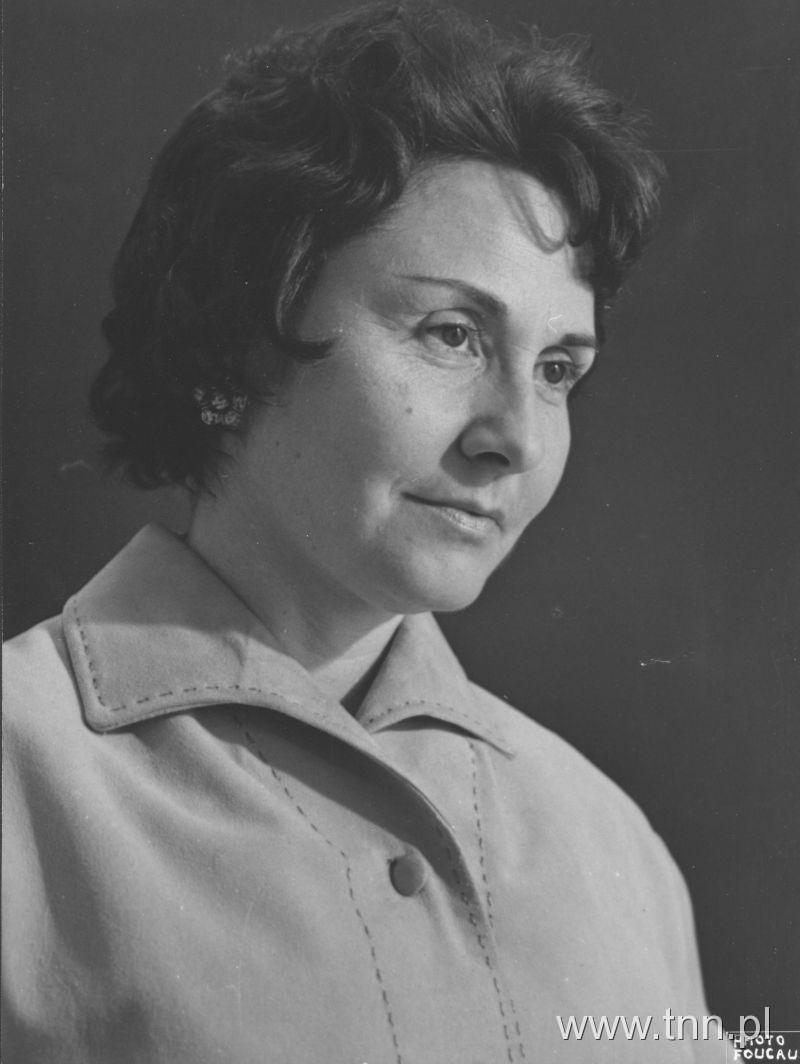
Anna Langfus

Antonio Tucci
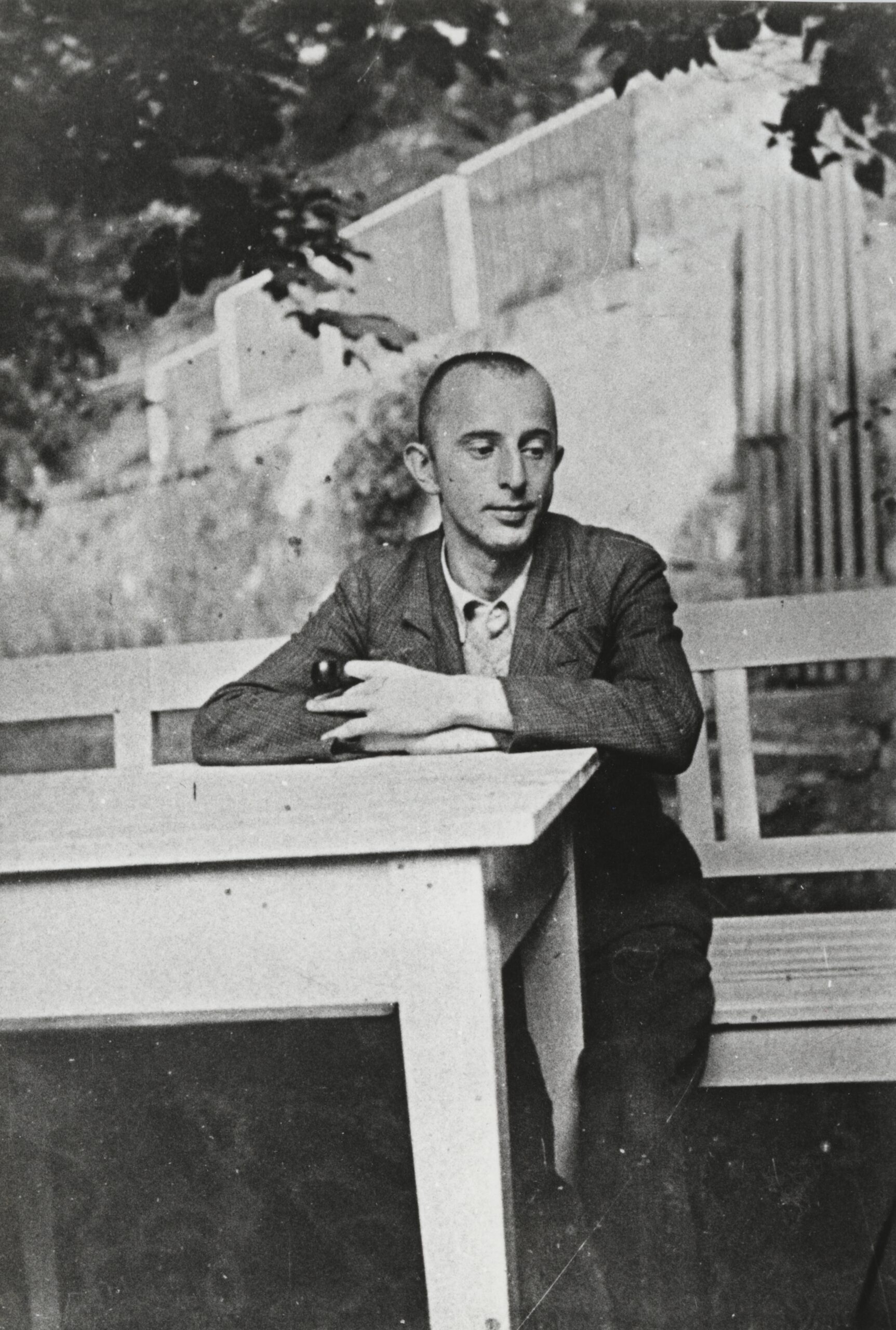
Bruno Apitz
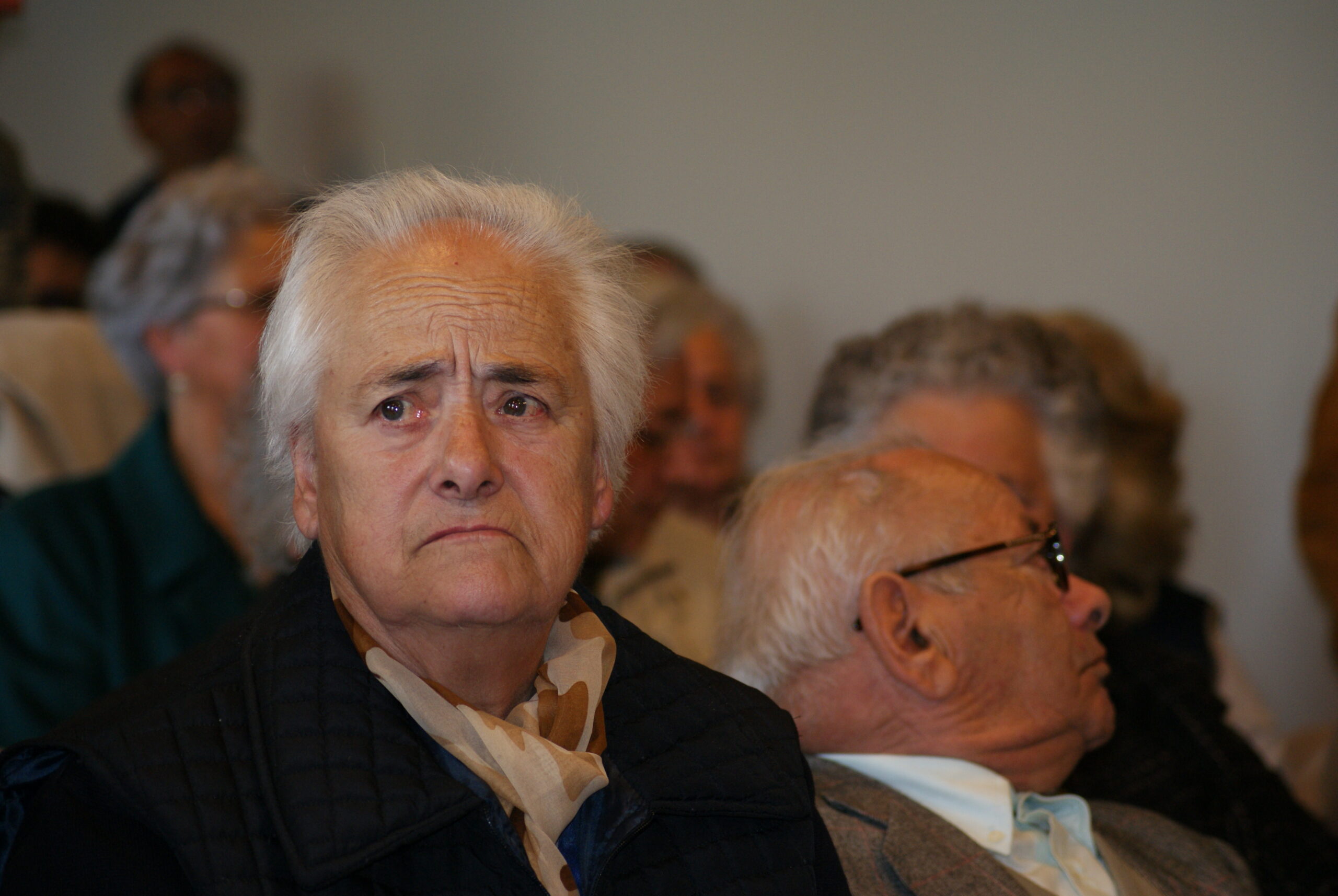
Cesira Pardini
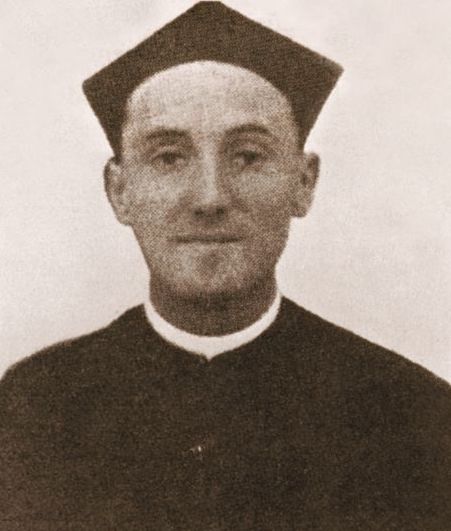
Don Innocenzo Lazzeri

Elena Guadagnucci

Enio Mancini

Enrico Pieri

Genny Bibolotti Marsili

Hans Hüttig

Henio Żytomirski
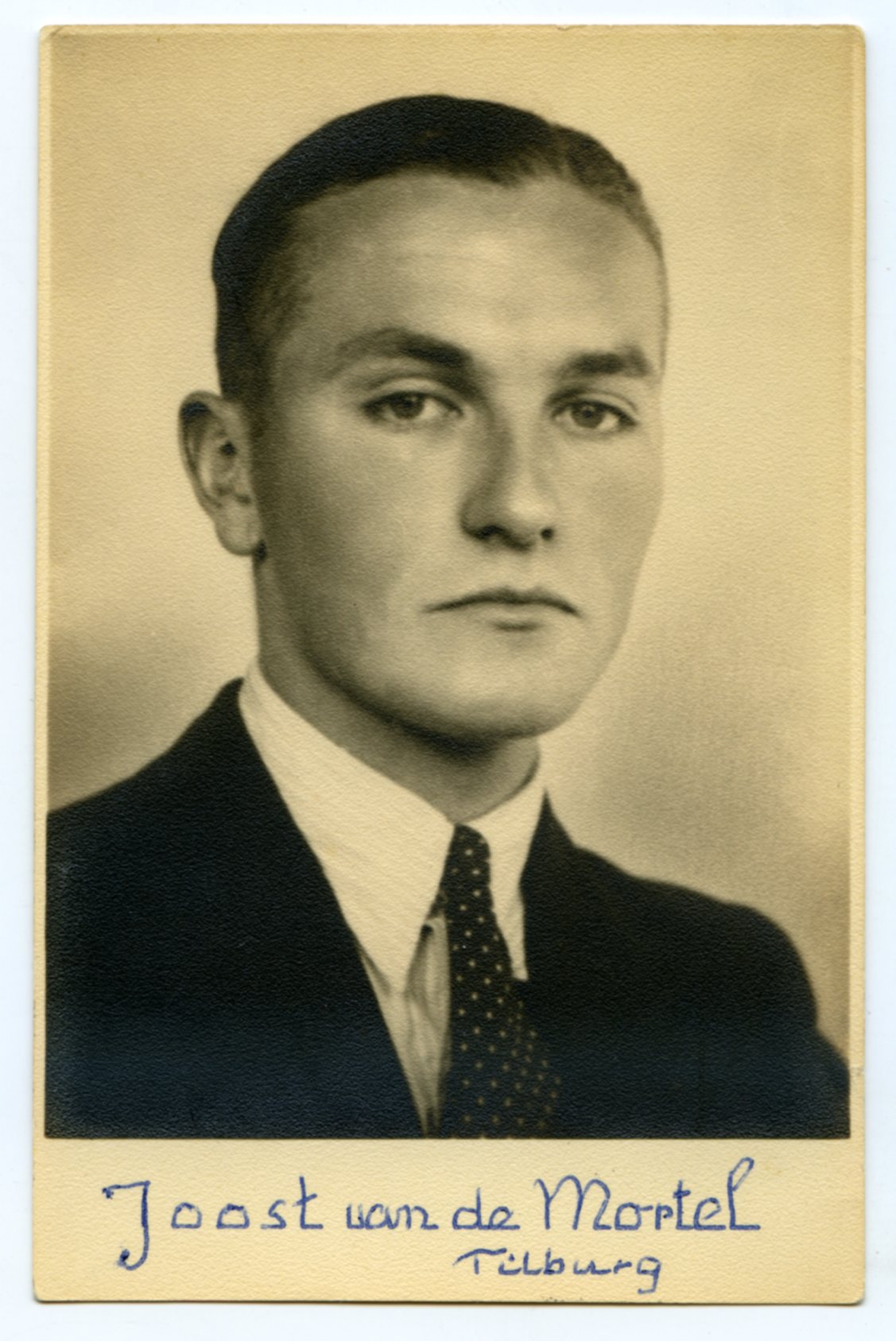
Joost van de Mortel

Kurt Prüfer

Leopolda Bartolucci
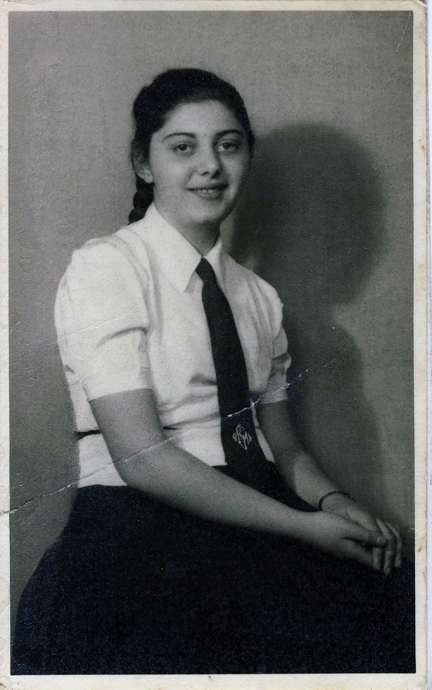
Magda Perlstein (Brown)

Maurice Pertschuk

Mikhail Vasilevich Levshenkov

Milena Bernabò

NN. Author of the letter from the Lublin ghetto
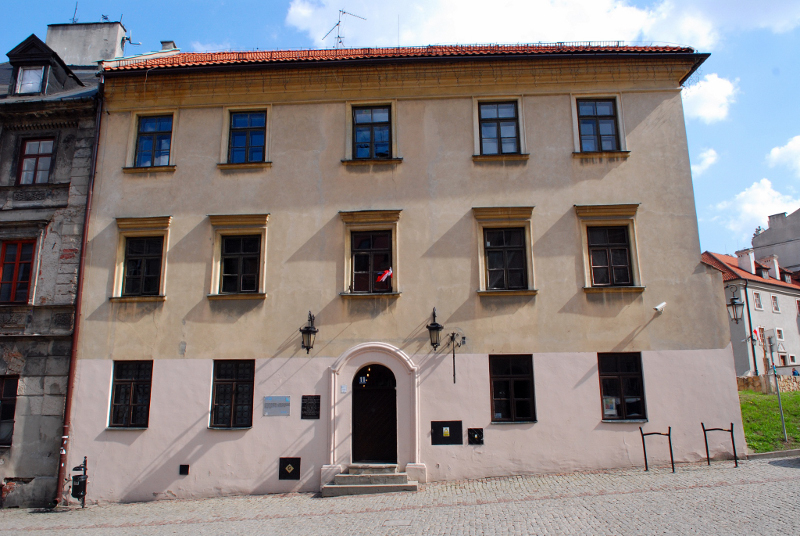
NN. Children from the nursery

Odilo Globocnik

Raden Mas Djajeng Pratomo
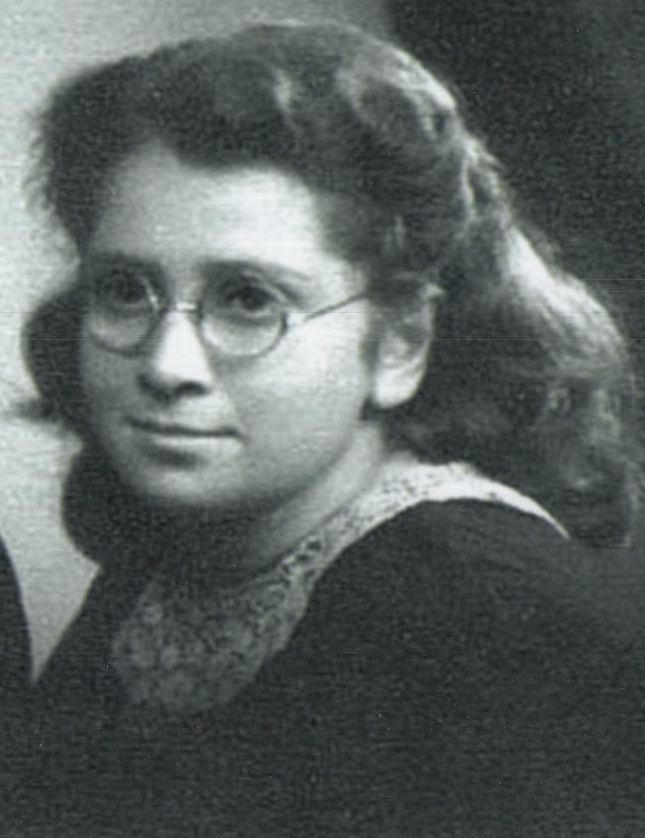
Roosje Mozes
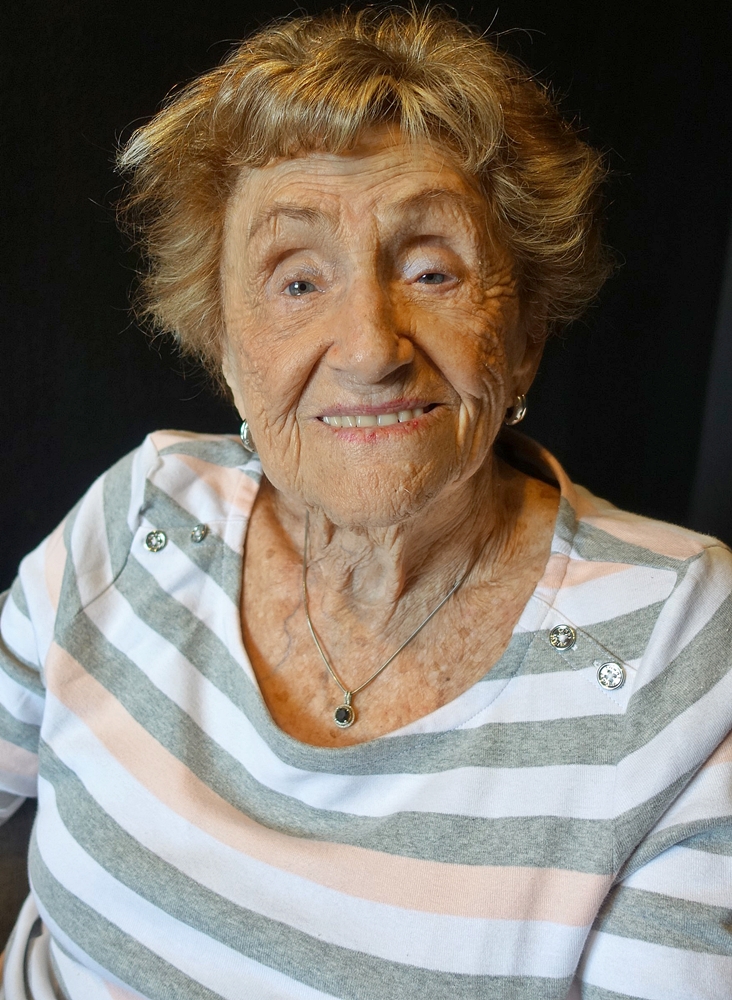
Rose Lipszyc
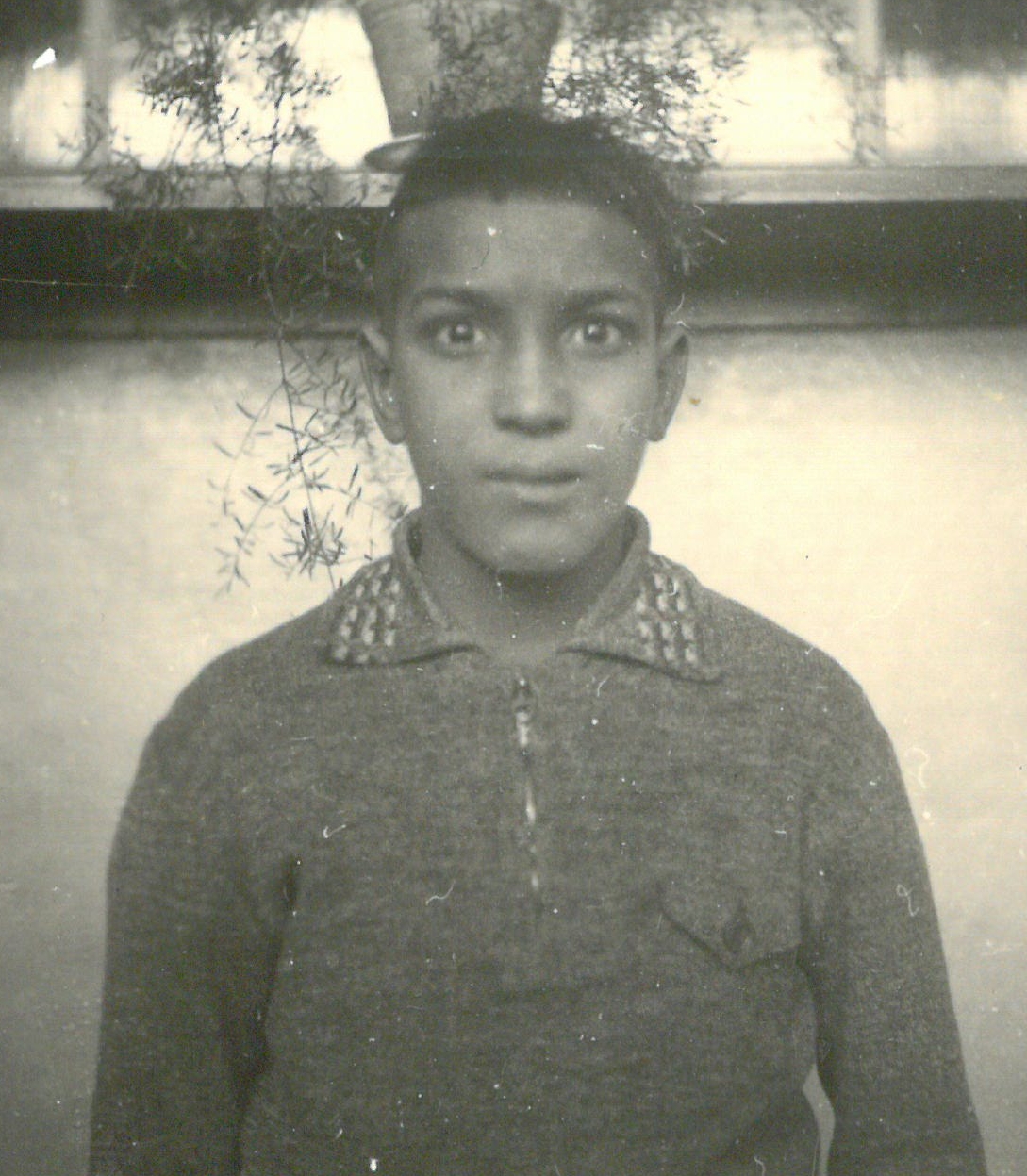
Rudolph Böhmer
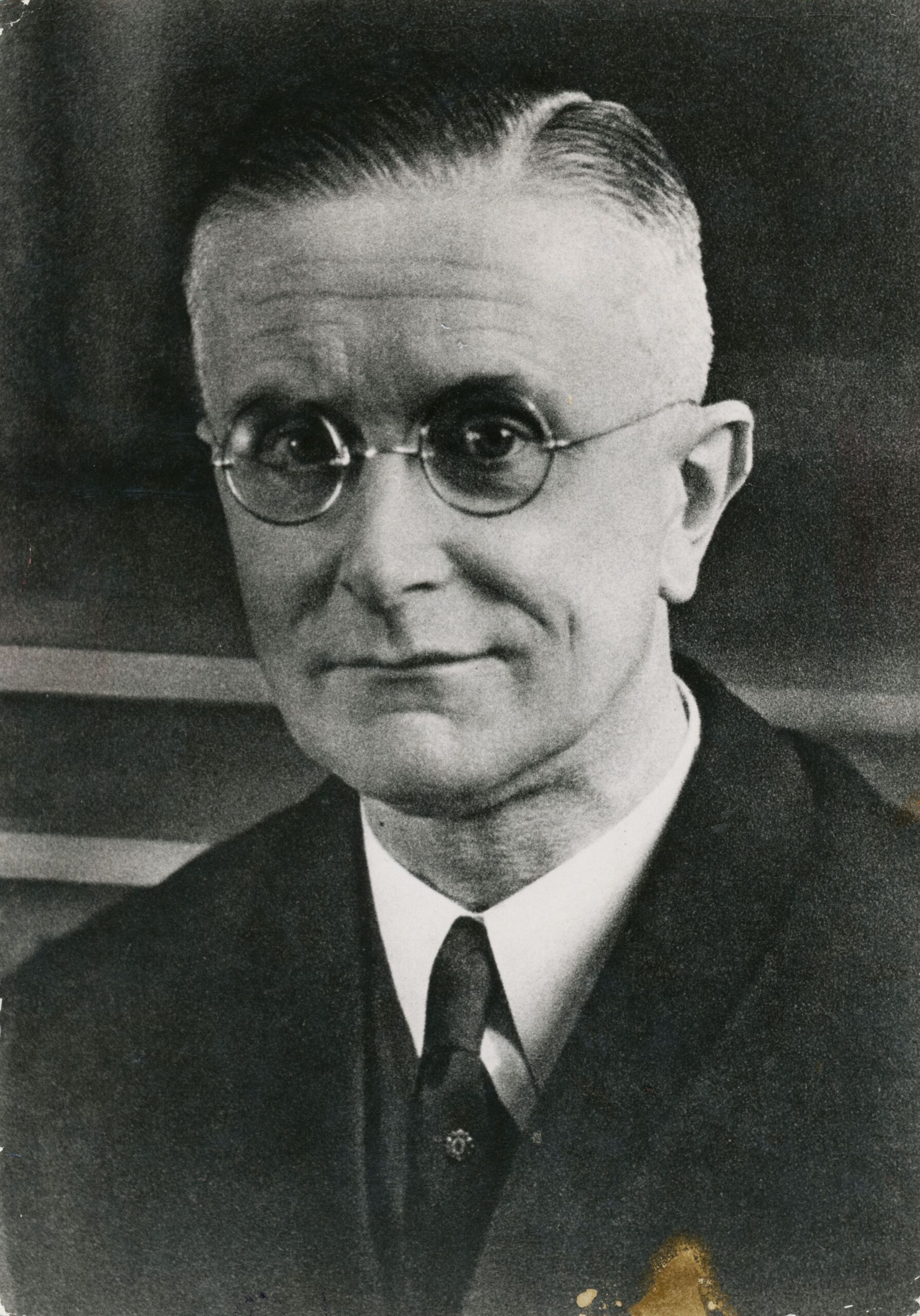
Rudolph Cleveringa
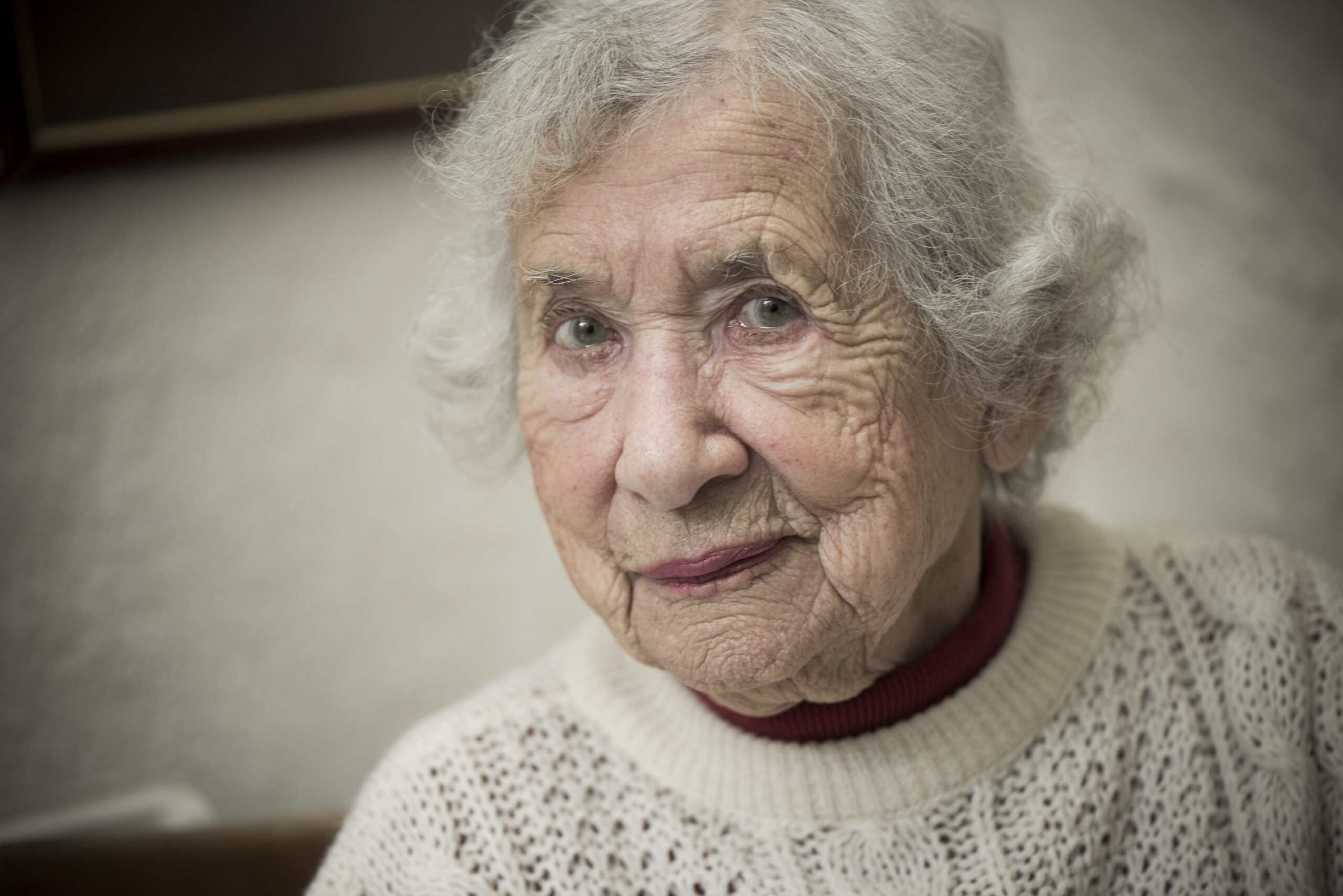
Selma van de Perre-Velleman

Suze Arts
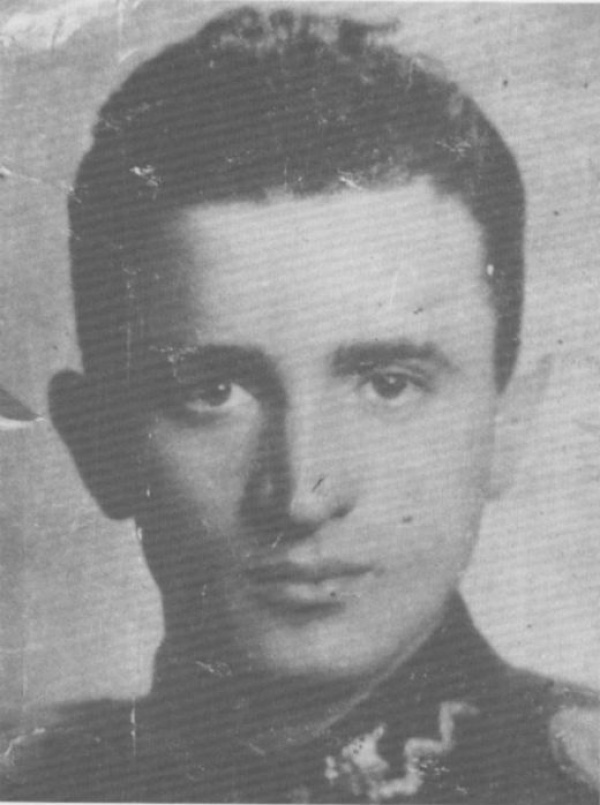
Thomas Blatt
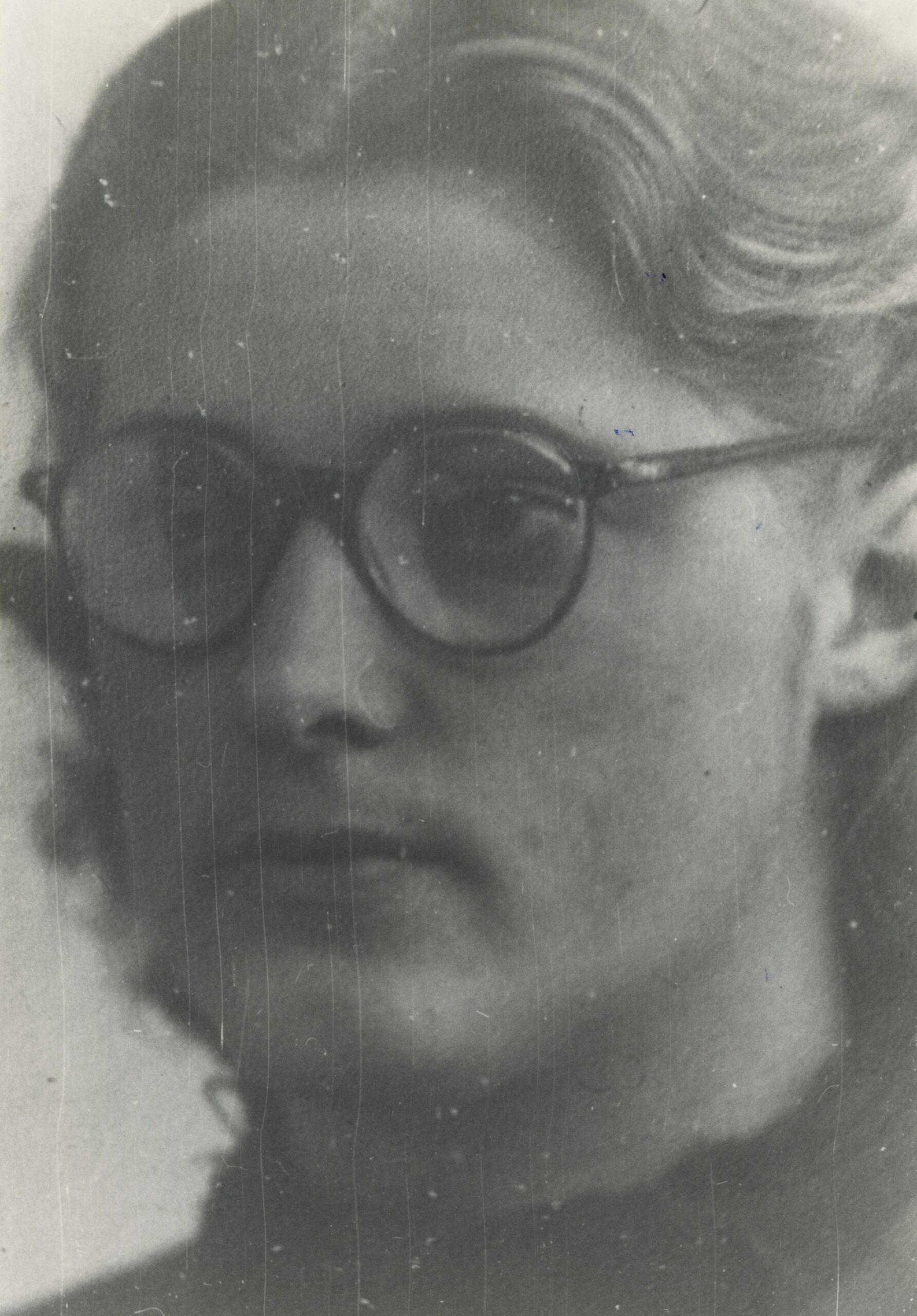
Tineke Wibaut-Guilonard

Willem Jooren

Zalcman Family
Conclusion
The stories told in this exhibition show what can happen when freedom and democracy are lost and totalitarian regimes are able to implement policies of persecution. The aim of this exhibition is to stimulate reflection and to contribute to a deeper understanding of the effects of racism, antisemitism and other forms of intolerance on societies. It is our responsibility to protect our free and democratic way of life and to ensure that the persecution of millions of men, women and children during the Second World War is not forgotten.
Partners' remembrance sites
Project partners







